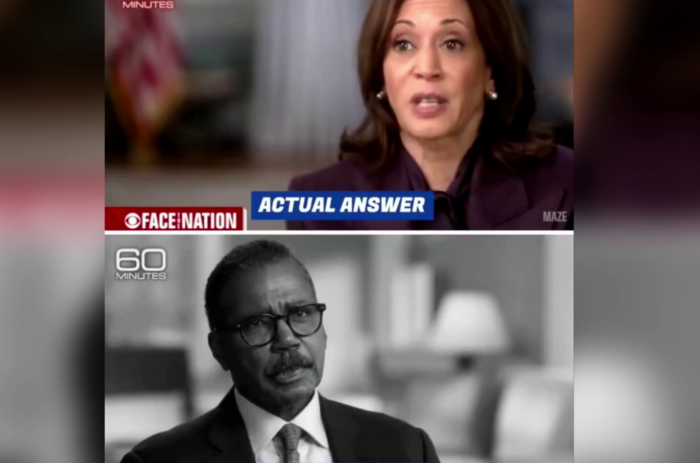redo Jump to...
print Print...
Directions
Read the excerpt below (from a post at HonestReporting.com). Read "Types of Media Bias" in the right column. Then answer the questions.
(from the HonestReporting.org post):
This is the first in a new HonestReporting.com series that will analyze whether specific media outlets demonstrate a discernible bias [against Israel] over the long term. Bias in the mainstream media can sometimes be patently clear – deliberately manipulated or staged photographs, articles comparing Israel to apartheid South Africa, or sympathetic descriptions of terrorists, to name but a few. We try to respond to all of these cases, encouraging you, our readers, to contact the media directly and ask why the facts are not being reported accurately.
However, bias is often more subtle. There is nothing inherently suspect about a picture of a Palestinian civilian or a human interest story detailing the life of a Palestinian child. An account of a Palestinian shopkeeper’s life can be useful in shedding light on how the conflict affects ordinary people. Articles and photographs can be 100% accurate and, taken at face value, are completely within the realms of professional journalism.
Yet, a closer examination of specific media outlets over a longer period of time can reveal troubling patterns which indicate a more subtle and potentially more harmful bias. When pictures and accounts detailing only one side of a conflict are given prominence on an almost daily basis, it is a classic example of a bias so deep that it colors a media organization’s entire reporting.
HonestReporting’s researchers recently completed a six month study of articles appearing on the BBC News website. We monitored 286 articles and pictures appearing on the BBC News website from January 2007 until June 2007. What we saw was a clear pattern of showcasing the Palestinian perspective, at the expense of Israeli voices.
……………………………………
For example, a January 19 article (“Frustration over Ramallah violence”) gives the perspective of three Palestinians. Another January article (“Voices: Palestinian faction violence”) gives four Palestinian perspectives. In February, “Gaza viewpoint” interviews a Palestinian mother who describes the violence in Gaza. While she does not mention Israel in the short piece, it is linked to her blog, in which she makes clear her opinion that even the fighting between rival Palestinian groups is Israel’s fault.
During this same time period, there are interviews with Israelis, but these are centered around issues not directly concerned with conflict (such as internal Israeli political events). In fact, the perspective of Palestinians was highlighted with far greater frequency than Israelis. Over the six month period, there were ample opportunities where a “Voices” piece could have focused on Israeli families living under constant rocket attack in Sderot, for example.
Go to HonestReporting.com for the complete posting.
To accurately identify different types of bias, you should be aware of the issues of the day, and the liberal and conservative perspectives on each issue.
Types of Media Bias:Questions
1. What 3 types of bias is the excerpt below endeavoring to highlight?
Scroll down to the bottom of the page for the answers.
Answers
1. The excerpt is endeavoring to highlight bias by OMISSION, SELECTION OF SOURCES and STORY SELECTION.



